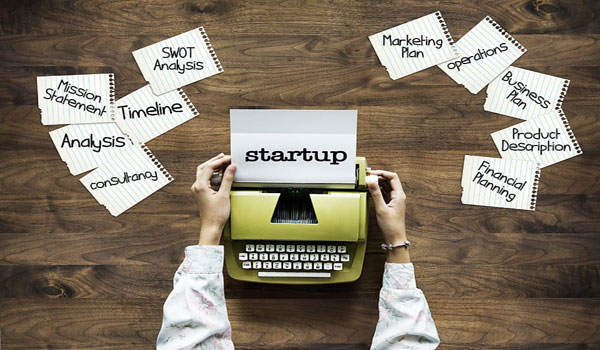You should test your company’s idea for it to be viable while you’re prepared to start your own corporation. This is how you do it.
It is crucial to check your business idea if it’s a practical business plan.
Do not rush to launch a product; it may be a waste of valuable resources if it fails due to a lack of adequate research and planning.
Follow these eight processes to check and locate a marketplace for your company’s concept.
This essay is intended to persuade entrepreneurs to start a replacement firm in order to put their ideas to the test.
Have you got a “next big thing” idea? You’ll think your notion is wonderful, but it’s good to test it before spending time and money building a firm or product that has no marketplace for it.
There are eight stages here to assure that the planet wants your idea for a product before you begin.
It is critical to put your company’s ideas to the test.
It is significant to successfully test a corporation’s idea. You risk tons of your time, money, and other resources involved in its launch if you incorrectly assume that a thought is going to be a serious smash.
Often, organizations skip this phase because they’re in a hurry to launch their product. Supported by their market assessment, you do not build a business plan or model, pursuing your business trip without a guide.
Furthermore, they do not precisely identify their audience.
Until you attempt your idea, you’ll not know who will find it beneficial. Without this information, your ads could fall into Deaf Ore – albeit they are amazing – and you’d get your concept for free. Enter your product concept.
1. The simple act of writing causes you to reflect on topics you’ve already skimmed.
I’m not talking about writing a business strategy. (The ideal method of making use of the start-up period is to use a business strategy, which can change as soon as you interact with potential clients).
I’m talking about a few crucial questions which will be tested. These are your assumptions. The earlier you begin with your product, the less risk you’ll have.
Who’s your customer? Who’s your customer? You’re already in trouble if you say “everyone.” sure that you’re sure. For instance, if your customer is an enterprise, answer: What sort of business?
Is the typical corporation small or large? a certain market? What’s the title of the buyer?
What are your problems? What are your problems? Many entrepreneurs first consider the merchandise — they worry about it, launch the merchandise, then wonder why its traction is so hard to achieve.
My proposal is to start with these matters first of all. This suggests that your product explicitly resolves the issues. By writing them down, you’ll also check if customers regard these problems as problems.
Above all, whether customers think that problems are worth fixing.
How are you addressing these challenges with your products?
After the message is written, you simply buy the merchandise. The worth of your product is directly linked to customer complaints here.
How does resolving your problems improve your life? Does it make them more money? Is it more appealing?
Is it more appealing? Is it more appealing? Is it more appealing?
What are the key features of the product? The qualities must be cool: the more they affect specific difficulties, the more they are quantitative (i.e. saving time, money).
I strongly advise you to consider the minimal viable product and minimize the function to the greatest extent possible (you must only provide enough value for a few customers to buy it).
2. Makeup, make-up, make-up.
At Startup Weekend, 54 hours go by quickly. An equivalent concept applies to start-ups and artistic products around the world. Time and resources are precious. There’s no time for stuff that ultimately doesn’t matter.
Therefore, lean market validation helps successful teams acquire enough knowledge and facts to make their own decisions.
They’re doing it now, they’re doing it now, they’re doing it now. would like to follow the 80% rule, obtain only adequate data from customer interviews and other data sources, and choose. Finally, you’ll never be 100% confident that it’ll take too long to get thinner.
3. The majority of what you write down is based on assumptions.
My third point of contention is all of your writing, as well as the discussions (and debates) you’ve had. These discussions (and what’s in their thoughts) are often considered by teams as true if they only get to be tested.
I want to believe in scientific methods once I check out the notions. How are you able to test them?
I often see teams discussing tiny things throughout start-up weeks and months, wasting valuable time instead of imagining (making a choice temporarily), then getting to the particular world to undertake it.
You merely need to guess and start because your assumptions may be inaccurate, and you’ve already spent a precious amount of your time talking about something that does not matter, first of all.
Related: Meet the Press Before During and After the Interview in 2024


